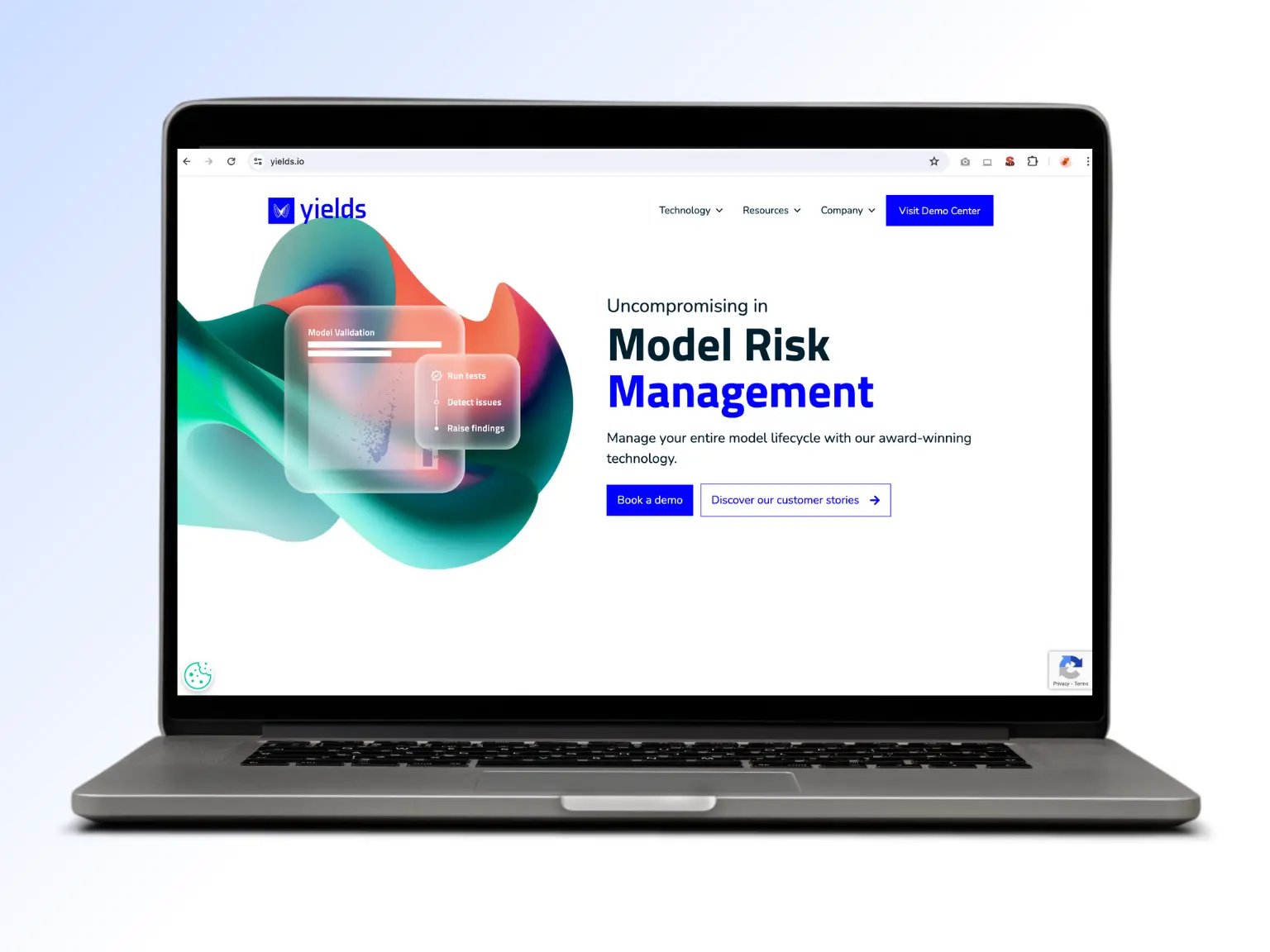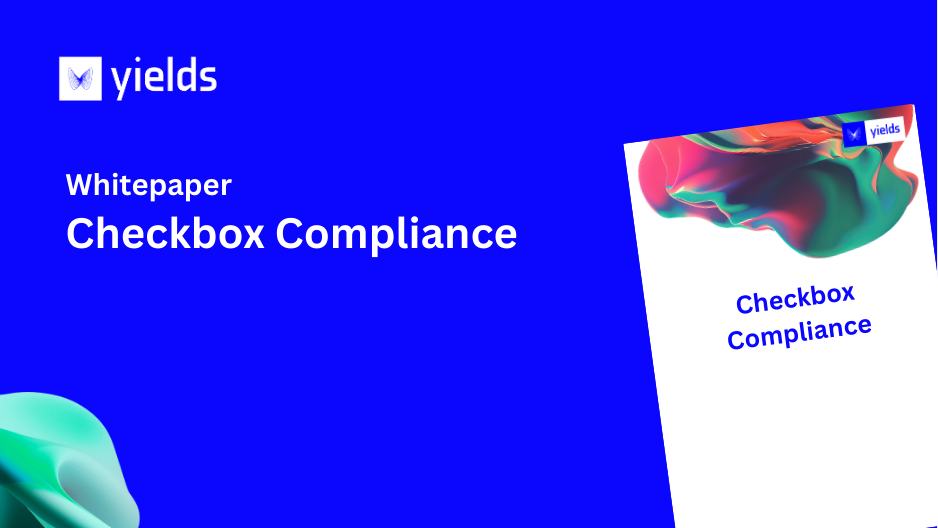Who Regulates the Banking Industry in the European Union?
The banking industry in the European Union (EU) is regulated by a comprehensive framework designed to ensure the stability and safety of the financial sector across its member states. The European Central Bank (ECB) plays a crucial role in this framework, especially through the Single Supervisory Mechanism (SSM). The SSM allows the ECB to directly oversee the largest and most significant banks within the Eurozone, ensuring they comply with critical regulations like Basel III. This oversight is vital for maintaining the safety and soundness of the European banking system.
Supporting the ECB, the European Banking Authority (EBA) is responsible for developing a single rulebook for EU banks, setting regulatory standards, and conducting stress tests to evaluate how well banks can withstand economic stress. The EBA’s work is central to maintaining financial stability across the EU, ensuring that banks adhere to consistent regulatory practices.
Each EU member state also has its own National Competent Authorities (NCAs), such as BaFin in Germany or the Banque de France. These NCAs regulate and supervise banks within their borders, focusing on smaller institutions that may not fall directly under the ECB’s supervision. They collaborate closely with the ECB and EBA to ensure that banking regulations are consistently applied and effectively monitored throughout the region.

Short Summaries of Key EU Banking Regulations & Guidelines
European Banking Authority (EBA) Guidelines
The European Banking Authority (EBA) is instrumental in shaping the regulatory landscape for EU banks, issuing guidelines that ensure sound governance and risk management practices. The EBA Guidelines on Internal Governance require institutions to establish comprehensive governance frameworks that include robust risk management systems, particularly for model risk management (MRM). Additionally, the EBA Guidelines on the Use of Internal Models provide detailed requirements for the governance, validation, and oversight of internal models used to calculate regulatory capital. The EBA also addresses outsourcing risks through its Guidelines on Outsourcing Arrangements, ensuring that third-party models are managed effectively and aligned with regulatory expectations.
Supervisory Review and Evaluation Process (SREP)
The Supervisory Review and Evaluation Process (SREP) is a critical component of EU banking supervision, conducted by the ECB and national competent authorities to assess the risk profile and capital adequacy of financial institutions. During the SREP, banks must demonstrate robust model risk management practices, including proper governance, validation, and oversight of their internal models. This process not only evaluates the institution’s current risk exposure but also determines whether additional capital requirements are necessary to cover any identified risks. The SREP ensures that banks operate with sufficient capital buffers, thereby safeguarding the financial system from potential instability.
Basel Committee on Banking Supervision (BCBS) Principles
The Basel Committee on Banking Supervision (BCBS) provides foundational principles that guide global banking regulations, many of which are adopted by EU regulators to ensure sound model risk management practices. The “Principles for the Sound Management of Operational Risk” and the “Principles on Risk Data Aggregation and Risk Reporting” are key examples that influence EU regulations. These principles help banks implement effective risk management and governance practices that align with international standards, promoting stability and resilience in the global financial system. EU regulators integrate these principles into their supervisory frameworks, ensuring that banks manage risks comprehensively.
Pillar 2 Requirements
Under the Basel framework’s Pillar 2 requirements, EU banks must thoroughly assess their model risk as part of the Internal Capital Adequacy Assessment Process (ICAAP). This self-assessment process is vital for understanding the potential risks associated with internal models and determining the necessary capital buffers to mitigate those risks. Supervisors also evaluate model risk during the SREP, and if the risks are deemed significant, banks may be required to hold additional capital. Pillar 2 ensures that banks have a comprehensive approach to risk management, with a focus on maintaining sufficient capital to support their overall risk profile.

Yields MRM Suite
Staying compliant with evolving regulations, especially across different countries, is challenging. The Yields MRM Suite provides advanced tools specifically designed to help with Model Risk Management regulations, ensuring you meet these specific requirements effectively.
Visit our demo center to learn more.



